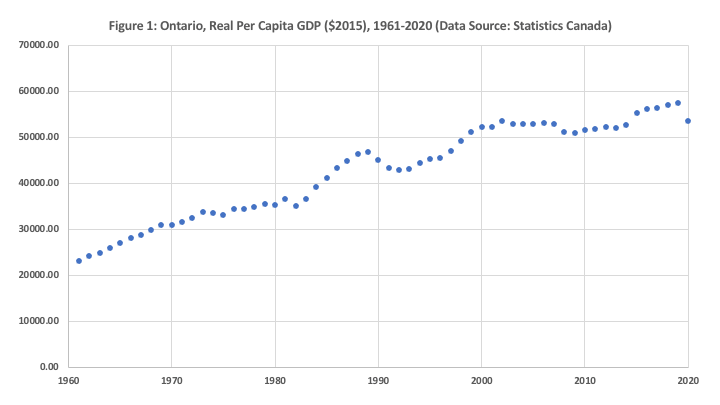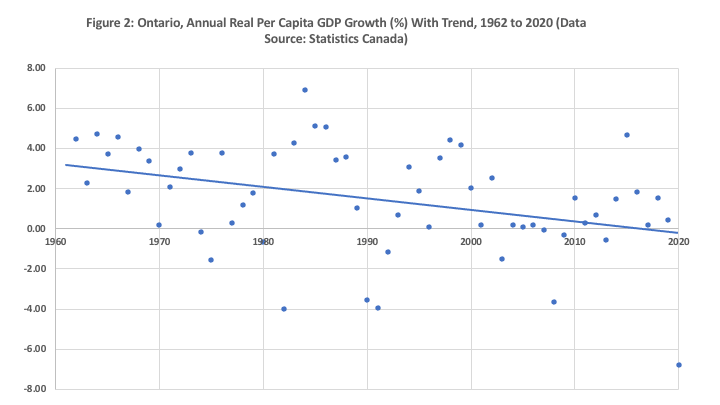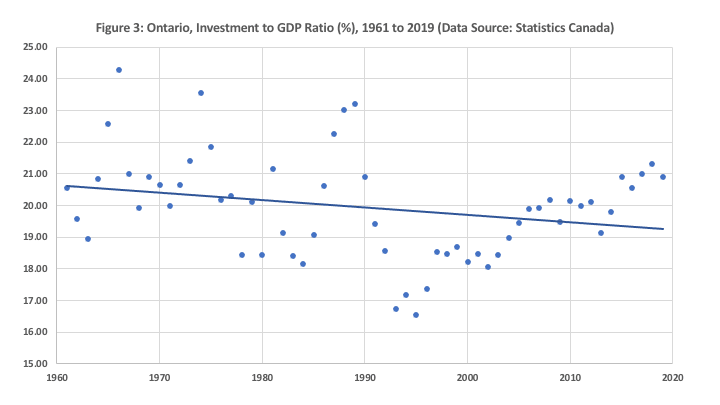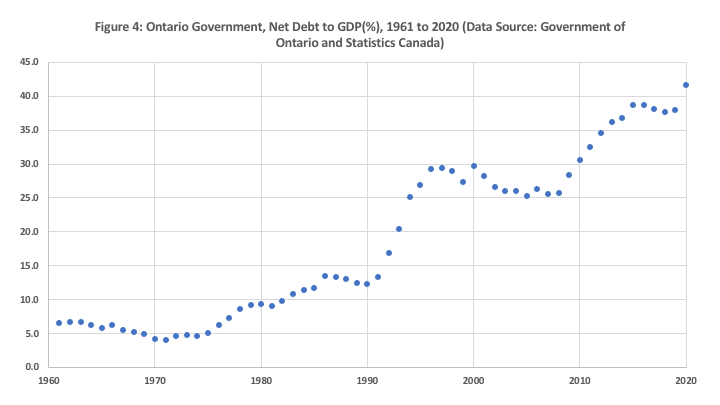Canada’s COVID performance on key measures among worst in developed world
There have been more than 167 million COVID-19 cases worldwide and 3.5 million deaths. Canada ranks 22nd in the world with more than 1.3 million cases and more than 25,000 deaths. Given the spread of new variants and varying vaccination rates around the world, the effects of the pandemic will be with us for some time to come.
But how does Canada compare to other advanced countries? For 2020, COVID cases per million ranged from a high of 87,000 (Czech Republic) to a low of 7 (Taiwan). Canada (approximately 19,000) ranked 24th out of 35 advanced countries. Deaths per million ranged from a high of almost 1,800 (Belgium) to 0.3 (Taiwan), with Canada in 22nd place (approximately 500 deaths per million).
However, on a crucial measure—the “case fatality rate” (total deaths from COVID-19 as a percentage of total COVID-19 cases), Canada in 2020 had the 7th highest rate (meaning 7th worst) in the developed world, due primarily to COVID’s impact on Canadians in long-term care. In 2020, 11 per cent of Canada’s COVID-19 cases, and more than 70 per cent of COVID-19 deaths, were in long-term care facilities. According to the Canadian Institute for Health Information, while Canada’s overall COVID-19 mortality rate was relatively low compared with rates in other OECD countries, we had the highest proportion of deaths in long-term care. If we’ve learned anything from COVID, it’s that we must do a much better job with long-term care here at home.
Unfortunately, lessons provided are not always lessons learned. Crucially, Canada failed to learn from the SARS outbreak.
Between 2002 and 2004, some 30 countries reported SARS cases, with only eight countries reporting more than 10 cases and only five (China, Hong Kong, Taiwan, Singapore and Canada) reporting more than 100 cases. Fast-forward to 2020, these five countries combined reported about 18,000 fewer COVID-19 cases (per million) compared to countries that did not experience SARS. Apparently, countries heavily hit by SARS learned something about how to prevent viral spread during a pandemic. Except Canada. While Hong Kong, Singapore, China and Taiwan in 2020 saw COVID-19 deaths (per million) range from 22 to 0.3, Canada reported nearly 500 deaths per million. In this key five-country group, Canada was an outlier.
Why? Post-SARS, governments in Canada studied and planned for future pandemics and increased spending on public health measures. Yet we were still unprepared for COVID-19. For example, in the years before the pandemic, the federal government seemingly (and quietly) deactivated its pandemic early warning system, failed to maintain stockpiles of personal protective equipment (e.g. masks), and once the pandemic began often moved slowly to deal with its impact. On the other hand, following its SARS epidemic, Taiwan established a National Command Centre in 2004, which helped coordinate and map out its current—and significantly more successful—pandemic response.
As for other lessons from around the world, high rates of testing remain an important factor, with each additional 100,000 tests (per million) associated with 21 fewer COVID-19 deaths per million. Last year Canada ranked 26th out of 35 advanced economies for COVID-19 tests per million.
Another important factor was the number of hospital beds per 1,000, with each additional bed associated with 31.5 fewer COVID-19 deaths per million. Among 35 advanced countries, Canada ranked 32nd for the number of hospital beds. What does that look like? Again, among advanced countries, hospital beds per 1,000 ranged from 13.1 (Japan) to 2.2 (Sweden), with Canada near the bottom at 2.5.
In summary, key deficiencies in Canada’s pre-pandemic preparation and response capability (even after the lessons of SARS), combined with low rates of testing, low numbers of hospital beds, and an inadequately prepared and protected long-term care sector, have produced relatively poor results, particularly on certain measures of mortality. As a result, Canada was forced to rely on lockdowns and other stringent measures, which—while effective during the first wave—were less effective as time wore on and Canadians grew tired and confused with the shifting rules. And it’s the restrictions imposed by government, not the pandemic’s death rates, which caused the economic disruption that will continue until a sufficient proportion of the population has been vaccinated and we reach some level of herd immunity.
In light of the suffering we’ve witnessed across the country, let’s hope we actually learn more this time around.









